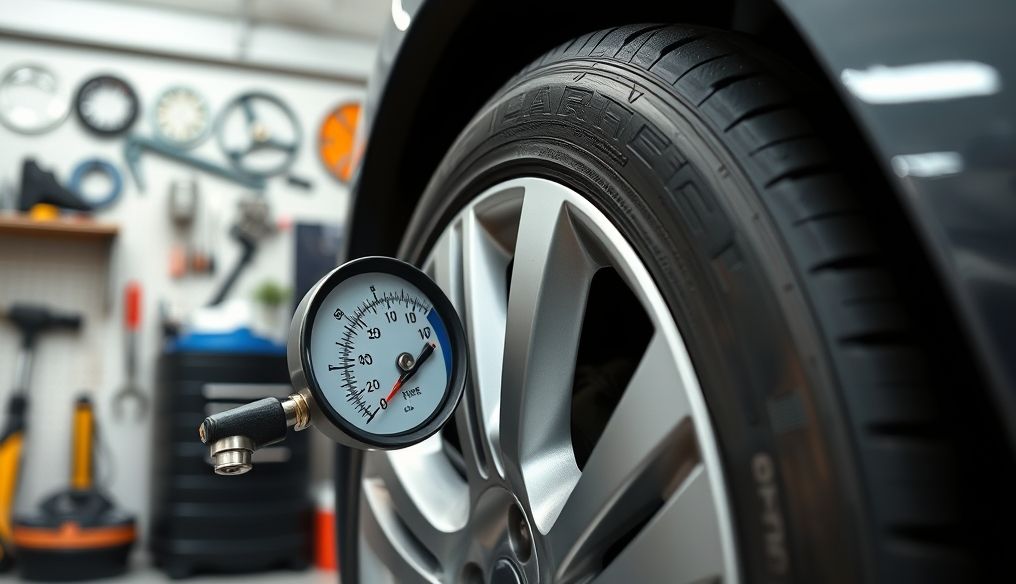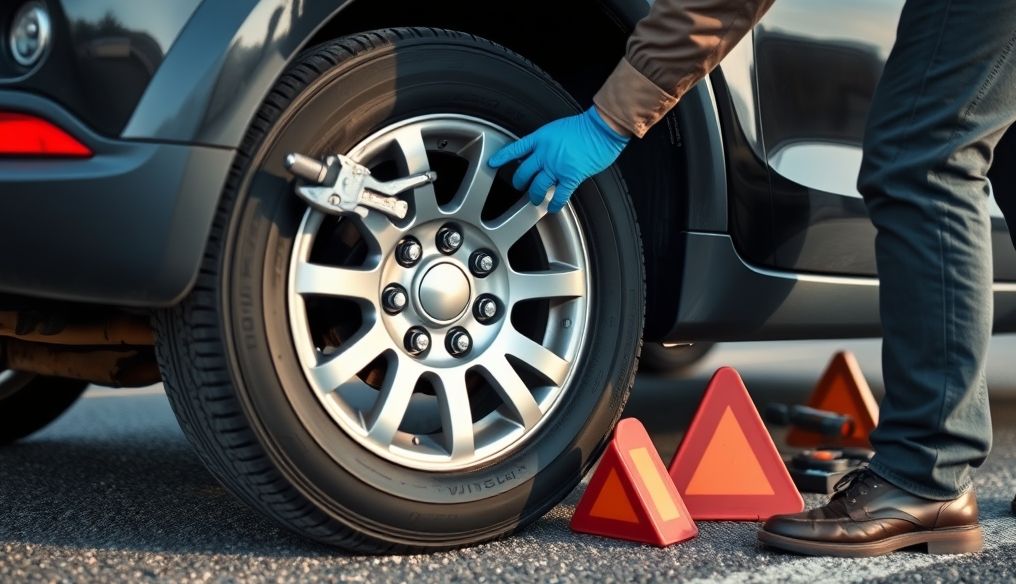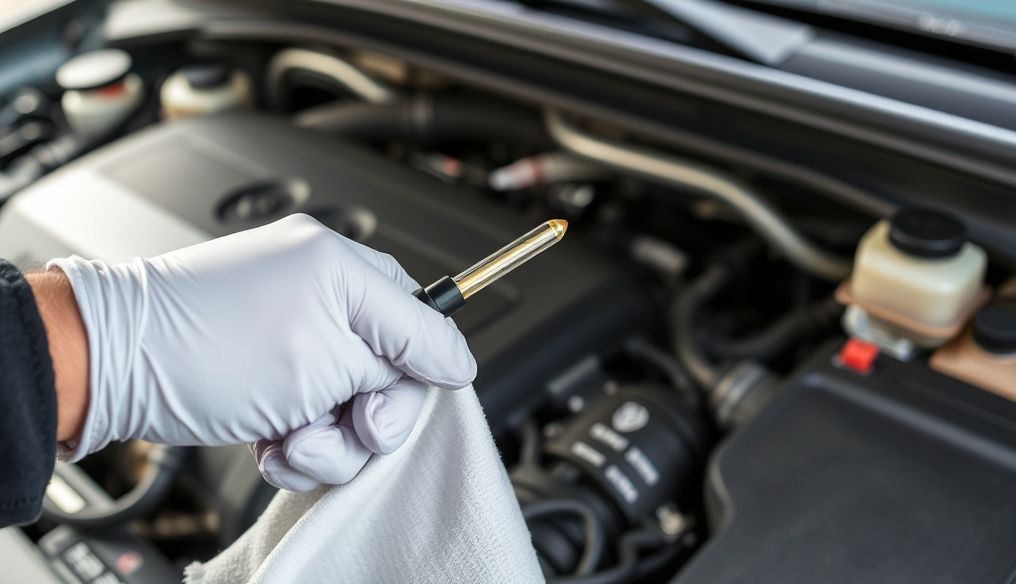What is the Best Way to Extend the Life of Your Car Tires?
Car tires are one of the most important safety components of your vehicle. Keeping them in good condition not only saves you money in the long run but also ensures safer driving. In this article, we will detail the best ways to extend the life of your car tires.
1. Regularly Check Tire Pressure
Proper tire pressure is key to extending their lifespan. Underinflated tires wear out faster on the outer edges, while overinflated tires wear out in the center. Check your tire pressure at least once a month, and before long trips. Use a tire pressure gauge and make sure it matches the recommendations in the owner's manual or on the driver's side door sticker.
Why is Tire Pressure Important?
- Even Weight Distribution: Correct tire pressure ensures that the vehicle's weight is distributed evenly across the tire surface.
- Improved Fuel Efficiency: Properly inflated tires reduce rolling resistance, improving fuel efficiency.
- Improved Vehicle Control: Proper tire pressure provides the best control and steering response.
2. Rotate Tires Regularly
Tire rotation means changing their positions on the vehicle periodically. This helps to distribute wear evenly, as the front tires often wear out faster than the rear tires (or vice versa in rear-wheel-drive cars). Follow the vehicle manufacturer's recommendations for the recommended rotation pattern and rotation interval (usually every 5,000 to 8,000 miles).
Tire Rotation Patterns
- Front-to-Rear: In this pattern, the front tires are moved directly to the rear, and the rear tires are moved to the front with side swapping.
- Criss-Cross: The front tires are moved to the rear with side swapping, and the rear tires are moved to the front with side swapping.
- Five-Tire Rotation: This pattern is used in vehicles with directional tires.
3. Check Tire Balance
Tire balance means distributing the weight evenly around the tire axis. If the tire is unbalanced, it will cause vibration while driving, leading to uneven tire wear and damage to the suspension system. Check the tire balance when installing new tires, when rotating tires, or if you feel abnormal vibrations.
Signs That Tires Need Balancing
- Vibration in the steering wheel.
- Vibration in the seat.
- Uneven tire wear.
4. Check Wheel Alignment
Wheel alignment refers to the angle of the tires relative to each other and to the vehicle. If the wheel alignment is incorrect, the tires will wear unevenly, and the vehicle's steering ability may be affected. Check the wheel alignment regularly, especially after driving on rough roads or after hitting a pothole.
Types of Wheel Alignment Angles
- Camber: The angle of the tire relative to the vertical axis.
- Caster: The angle of the steering axis relative to the vertical axis.
- Toe: The angle of the tires relative to the centerline of the vehicle.
5. Drive Carefully and Avoid Bad Habits
The way you drive has a significant impact on tire life. Avoid sudden acceleration and braking, driving at high speeds, and driving on rough roads as much as possible. These habits increase tire wear.
Tips for Driving Carefully
- Maintain a Safe Distance: Avoid sudden braking by maintaining a safe distance between you and the car in front of you.
- Avoid Sudden Acceleration: Start driving smoothly and avoid full throttle.
- Avoid Potholes and Bumps: Reduce the impact of shocks on the tires by driving carefully around potholes and bumps.
6. Inspect Tires for Damage
Regularly inspect the tires for any signs of damage, such as cracks, bulges, cuts, and foreign objects (such as nails and screws). If you find any damage, consult a qualified tire technician to assess the situation and determine whether the tire can be repaired or replaced.
Types of Tire Damage
- Cracks: May indicate rubber damage due to sun exposure or aging.
- Bulges: May indicate damage to the inner layers of the tire.
- Cuts: May be caused by hitting sharp objects.
7. Store Tires Properly
If you are storing tires (for example, winter tires during the summer), it is important to store them properly to protect them from damage. Clean the tires thoroughly and dry them before storage. Store them in a cool, dry, and dark place, away from direct sunlight and chemicals.
Tips for Storing Tires
- Clean the Tires: Remove dirt and grime using soap and water.
- Dry the Tires: Make sure the tires are completely dry before storage.
- Store the Tires in a Cool, Dry, and Dark Place: Avoid exposure to direct sunlight, heat, and humidity.
8. Use the Right Tires for Weather Conditions
Using the right tires for weather conditions can extend their life and improve driving safety. For example, winter tires are specifically designed for driving in snow and ice, while summer tires are designed for driving in dry and warm conditions.
Types of Tires
- Summer Tires: Provide the best performance in dry and warm conditions.
- Winter Tires: Provide the best performance in snow and ice.
- All-Season Tires: A compromise between summer and winter tires.
9. Choose the Right Tires for Your Car
Make sure you are using tires of the correct size and type for your car. You can find this information in the owner's manual or on the driver's side door sticker. Using unsuitable tires can affect the car's performance and safety and reduce tire life.
10. Regular Suspension System Maintenance
A damaged suspension system can lead to uneven tire wear. Check the suspension system regularly and make any necessary repairs to keep the tires in good condition.
By following these tips, you can extend the life of your car tires, save money, and ensure safer driving.




